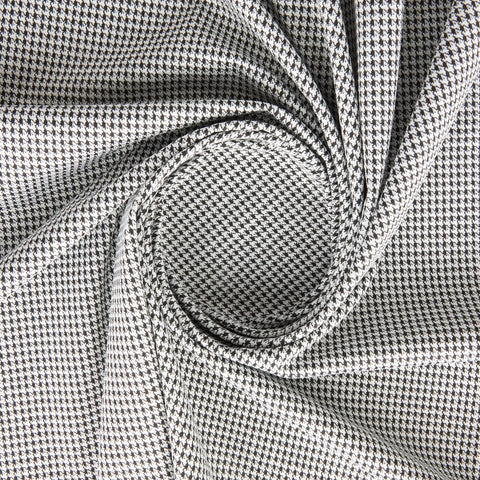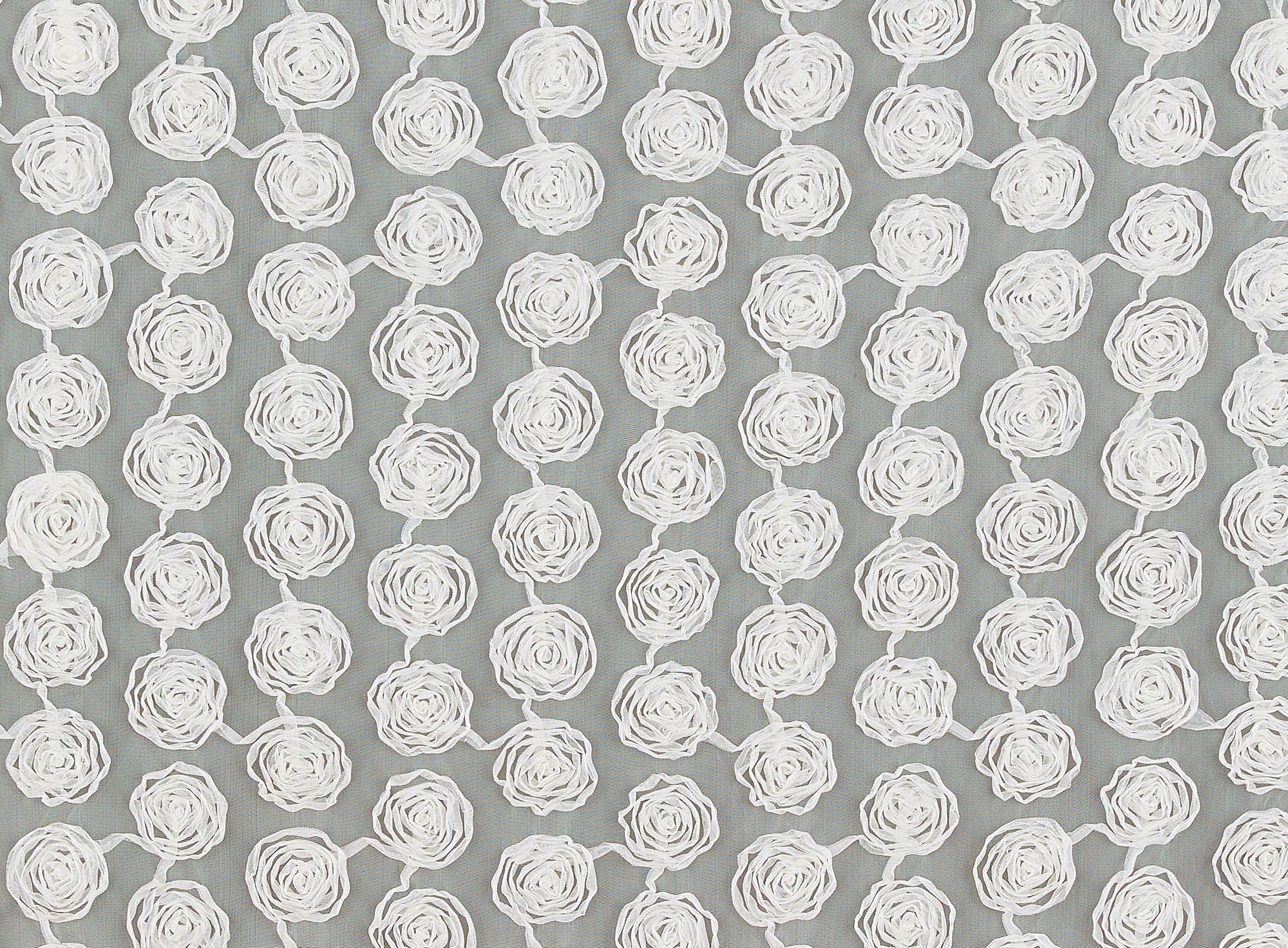The history of houndstooth fabric dates back centuries, with its origins rooted in woven textiles. While the precise origin remains unclear, this iconic pattern is believed to have originated in Scotland during the 1800s. The pattern's association with the Scottish Lowlands and the tweed industry is often cited in its early history.
Initially known as "shepherd's check" or "dogtooth," the name "houndstooth" became popularized due to its resemblance to the jagged back teeth of a hound. The pattern gained recognition and popularity as a traditional Scottish textile used in woolen fabrics and tweeds.
Houndstooth gained wider acclaim when it was adopted into high fashion in the 1930s by the renowned fashion designer Elsa Schiaparelli. She incorporated the pattern into her collections, elevating its status and making it fashionable among the elite.
During the mid-20th century, houndstooth became an iconic pattern associated with classic menswear, particularly in tailored suits and overcoats. It was also embraced in women's fashion, appearing in skirts, coats, and accessories, showcasing its versatility across genders and styles.
Over the years, houndstooth has experienced periods of resurgence in fashion, becoming a timeless and enduring pattern rather than a fleeting trend. Designers have continually reinterpreted and incorporated it into their collections, ensuring its relevance in modern fashion.
Today, houndstooth remains a beloved pattern, appreciated for its classic yet stylish appeal. Its presence in both traditional and contemporary fashion attests to its longevity and enduring status in the world of textiles and design.







